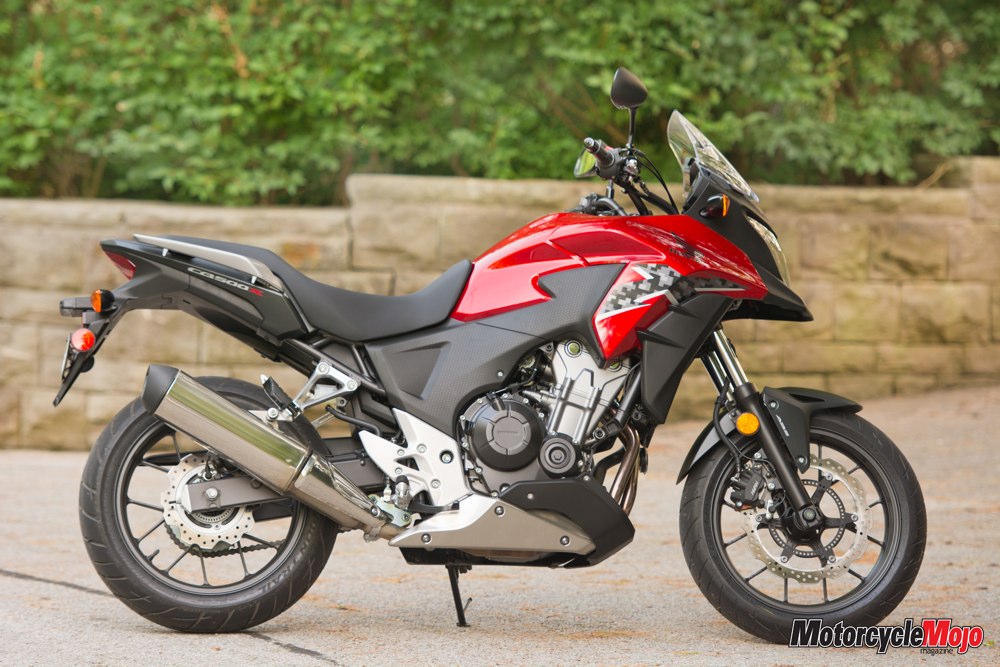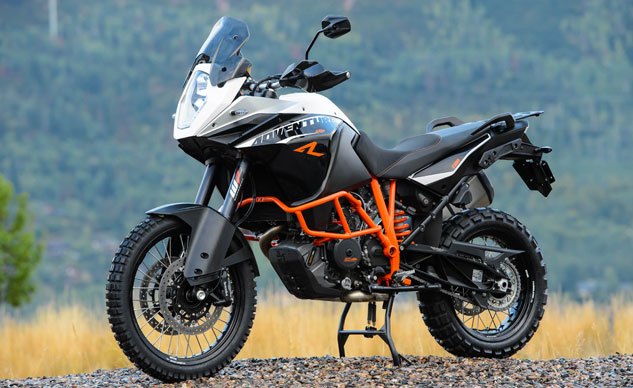Adventure bikes: What are they? They are very popular, for one thing. I ride one myself. Many a magazine article is being written testing them, describing them, and attempting to define the category. The manufacturers must think we need a little help in recognizing one when we see it. The so-called "beak”, hanging elevated over the front wheel of a road-going motorcycle having some off-road aspirations (real or pretended) has become fairly ubiquitous in what we call the Adventure category. I have always associated them with the BMW GS models but we now find them on many Adventure bikes, including Suzuki’s latest version of the V-Strom 1000 -- a model obviously intended to stay on the tarmac 99% of the time.
The question naturally arises: Why a beak? Does it perform any function? I have long marveled at these appendages which add weight and complexity (albeit small) to a motorcycle but appear to have no useful purpose.
When originally employed on the BMW 1100GS “oil head” model, the beak was said to be useful in directing fresh air through the oil cooler mounted under the headlight.
But since then they seem to have become little more than a styling cue to identify a model as being adventurous.
When originally employed on the BMW 1100GS “oil head” model, the beak was said to be useful in directing fresh air through the oil cooler mounted under the headlight.
But since then they seem to have become little more than a styling cue to identify a model as being adventurous.
What I did not know until reading a recent magazine article
is that the beak first appeared on a Suzuki back in 1987, that being the DR
BIG 750. These monster singles were popular in Europe and later enlarged to 779cc in the DR 800.
Notice the wheel-hugging front fender. Unlike the DR650, the BIG was obviously not serious about navigating thick mud. So, why the long face?
For the origins we need to go back to
see where Suzuki’s inspiration came from. That being their own factory racers
built to contest the Paris – Dakar rally. These custom race bikes have
typically had fairings not found on production models. They punch a big hole in the air because of their huge fuel tanks and tall rack of navigation equipment. We can see an
effort to streamline the front of these race bikes using a clear lens over the
headlights and blending it with the windscreen. The DR BIG appears to pay homage to the racer with a non-functional beak.
The Suzuki DR-Z racers
BMW’s 1000GS “airhead” of the time could be had with either a high-mounted dirtbike fender or the wheel-hugging, road-oriented fender -- but no beak.
It was the 1994 1100GS that gave us the enormous proboscis.
Notice the smaller front wheel - better for street use.
Here, a Dakar racer from 2004 has a high fender but no beak.We do see a visual resemblance, however.
The beak may be used on Adventure bikes to suggest a high dirtbike fender while the real fender does the dirty work for street duty where most of these bikes actually spend their time.
Honda CB500X -- The mini-beak offers a whiff of adventure
Amazingly, there are adventure bikes that get along somehow without a beak -- like the original adventure bike that started it all. A high fender wanted no beak.
BMW R80G/S
This GS owner thought his 1100 might look better without the duck bill.
KTM has never felt the need for the attachment. Here is their latest -- and quite a handsome bike to my eye.
KTM 1190 Adventure











